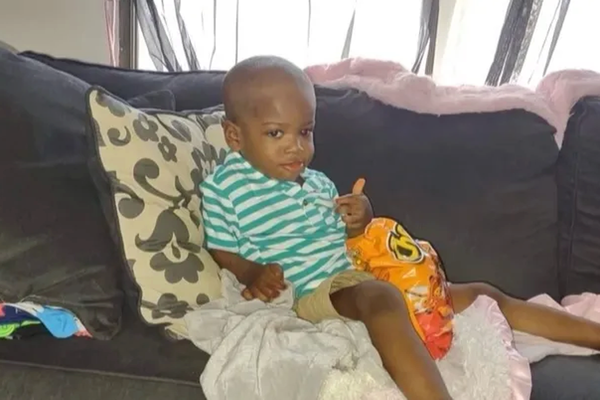Visiting Liverpool "felt like a surreal homecoming" for an Irish artist who's never experienced such friendliness anywhere else in the UK.
Fion Gunn, 63, had a "brutal" upbringing near Cork's slums with corrugated tin roofs, and the adjacent chandler's shop and shawlies selling food and clothes on the street. Down the road was Cork Opera House - where she could watch rehearsals every Saturday morning for a sixpence - and Crawford Art Gallery, where her dad took her as a kid. She knew then she wanted to be an artist.
The mum-of-three told the ECHO: "It was my way of making sense of the world. I didn't have a happy upbringing, I had a great deal of unhappiness, and I was a very stressed child, very anxious. When I drew, I created my own world, and when something upset me, I had to draw it."
READ MORE: Infatuation with 'some lad in the Dingle' inspires artist's 'cheeky' designs
She left for Dublin where she was an unpaid stage manager before working as an usher at the Gaiety Theatre. Eventually she left for art college in France to escape the oppressive situation for women in Ireland, just after the legalisation of contraception, and shortly before a constitutional ban on abortion in the 1980s.
Now living in London, Fion fell in love with Liverpool during her first proper visit in here in 2018 for an exhibition she had in Tate Liverpool. She described it as "a surreal homecoming", with people chatting to her in the street and a friendliness she associated with Ireland. Fion said: "I think it was the first time I'd ever felt like that in Britain."
She was in Liverpool on Friday, July 29 to launch a new exhibition in the Victoria Gallery and Museum at the University of Liverpool, where she's the Institute of Irish Studies' first ever artist in residence. Now Fion's art is part of her healing, instead of anger, with migration, particularly the experiences of women, play a central role.
Her love of playing with artefacts, like models of Chinese junks, found in her mum's family's antiques store can be seen in her current work. Fion's paintings includes depictions of junks alongside other shops, and sculptures are made from items she's found discarded, like a puppet from a London street. One is made from a black box she saw on the side of a road, now kitted out with infinity mirrors inside, with a hole to peer through at the opposite coast lines of Dublin and Liverpool.
This theme, of cultural and physical links between places separated by sea and joined by migration, continues throughout the exhibition. At one end of the room are two panels forming a joint piece, with Dublin bay on one side, mirrored by Liverpool on the other. One side has chapter titles from James Joyce's Ulysses, while the other has Beatles lyrics, with a music box playing Paul McCartney's Yesterday.
Fion said: "When I painted my vision of Liverpool, I was thinking about its complex history which resonates through every street and quayside, and how speaking truth to power is so much part of the conversation. Port cities share the stories of peoples in the way other cities do not - they are the interface between land and sea, between cultures and ideas. Liverpool with its porous diaspora history is a city that deserves greater recognition and greater opportunities as a city that embraces others."
But there are also more sensitive themes in Fion's work, many of which invite viewers through portholes to dwell on paintings where she's almost hidden details like the Senegalese island of Gorée - where slave were held before being shipped across the Atlantic, and after which warehouses once on the Strand were named - amid the calm of the scenes.
With the help of sound artist Bernie Kass, she's created a virtual reality element via a phone and iPad app, and an immersive experience featuring video, sound and sculptures. Fion said: "What I really like is to address issues that are complex, and maybe sometimes dark, but to do it with a light touch, so that you can come and enjoy it aesthetically - you don't have to go away troubled and disturbed by it - and then every now and again, there will be something and and that's a talking point."
Professor Peter Shirlow, director of the Institute of Irish Studies, said: "I would urge people to come and see this important inaugural exhibition presented with our partners at the VG&M, which is a significant and historic first for the Institute of Irish Studies.
"Our very first artist in residence, Fion Gunn has produced an impressive range of work across a number of different visual media. These explore the movements of people around the globe and the resultant impacts, culturally, socially, and economically.
"In terms of social justice – and as a port city with a lengthy and complex history - Liverpool is a particularly apposite venue, given its role as the site of diasporic arrivals, settlements, and departures. We are grateful to our funders Arts Council England and to our colleagues at the VG&M for all their hard work in hosting the exhibition."
Fion Gunn is hoping for the proceeds from sales of catalogues at the exhibition to go to a local refugee charity.
READ NEXT







